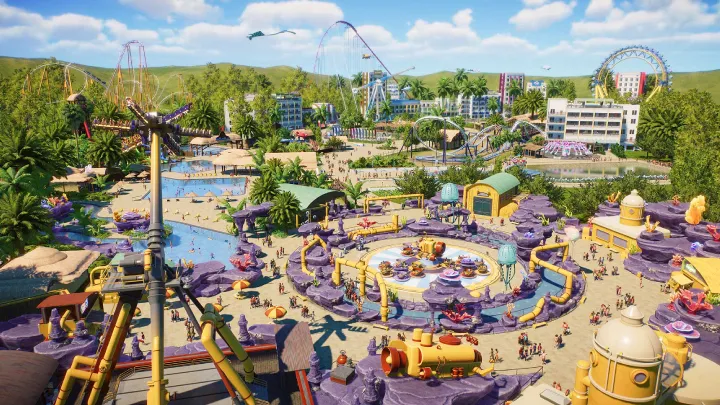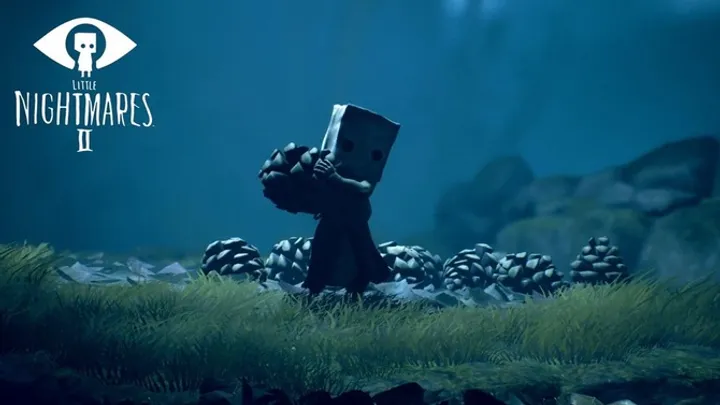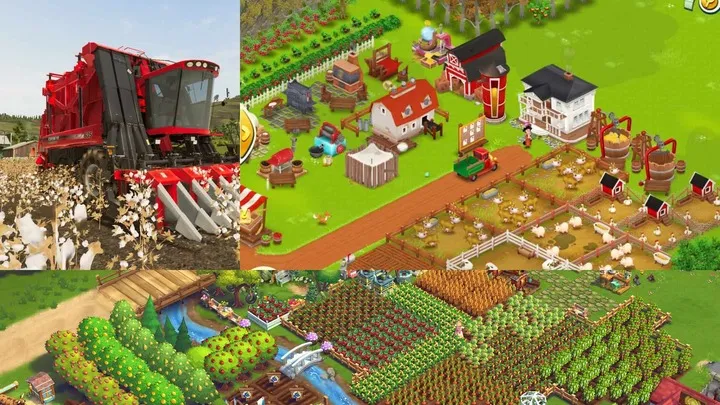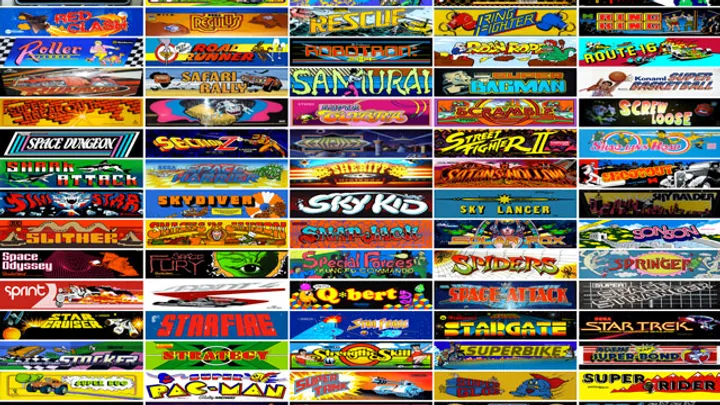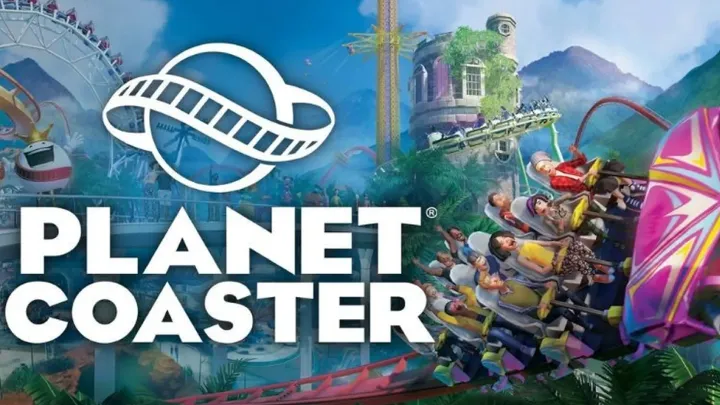
Planet Coaster, developed by Frontier Developments and released in 2016, has garnered acclaim as a premier theme park simulation game. With its robust building tools, intricate mechanics, and vibrant graphics, it allows players to create and manage their dream amusement parks. However, one of the most compelling challenges players face is the intricacies of park management, which encompasses balancing financials, guest satisfaction, and creative design. This article delves deeply into the management aspects of Planet Coaster, examining how players can optimize their parks for success while navigating the complexities inherent in theme park operations.
The Foundations of Park Management
Introduction to Park Management
At its core, park management in Planet Coaster involves a multifaceted approach that combines creativity with strategic planning. Players must not only design thrilling rides and attractions but also manage the financial and operational aspects that ensure the park's success.
Key Components of Management
Managing a theme park involves several critical components. Each aspect must be carefully balanced to create a thriving environment for guests.
- Financial Management: Understanding income, expenses, and profitability is essential for sustaining park operations.
- Guest Satisfaction: Keeping guests happy through enjoyable experiences, cleanliness, and efficient services is crucial for long-term success.
- Attraction Design: The quality and appeal of rides, shops, and facilities directly influence guest experiences and park reputation.
Financial Management: The Bottom Line
Income Streams
In Planet Coaster, players generate income through various sources, including ticket sales, ride tickets, merchandise, and food sales. Understanding these income streams is vital for maintaining a profitable park.
Ticket Pricing Strategies
Setting the right ticket prices can significantly impact revenue. Players must analyze guest behavior and park demand to optimize pricing.
- Dynamic Pricing: Adjusting ticket prices based on peak times or special events can maximize revenue.
- Value Perception: Ensuring guests feel they receive value for their money is essential; overpriced tickets can lead to decreased attendance.
Managing Expenses
Controlling expenses is equally important in park management. Players must carefully consider their spending on various operational aspects.
- Operational Costs: Regular maintenance, staff salaries, and resource procurement contribute to ongoing expenses that must be managed.
- Investment in Attractions: While investing in new rides can boost attendance, players must ensure that these investments align with their financial goals.
Guest Satisfaction: The Heart of Park Management
Understanding Guest Needs
Guest satisfaction is the lifeblood of any successful theme park. Players must pay close attention to the needs and preferences of their visitors to create a positive experience.
Analyzing Guest Feedback
In Planet Coaster, players receive feedback from guests through various channels, including surveys and visible reactions. Analyzing this feedback is essential for identifying areas for improvement.
- Satisfaction Metrics: Monitoring metrics such as ride excitement, queue length, and cleanliness ratings provides valuable insights.
- Addressing Complaints: Responding to guest complaints promptly can enhance satisfaction and prevent negative word-of-mouth.
Enhancing Guest Experience
Creating a memorable guest experience involves a combination of factors, including ride quality, park aesthetics, and amenities.
- Ride Variety: Offering a diverse range of attractions caters to different guest preferences, ensuring more visitors find something enjoyable.
- Park Layout: Thoughtful park design, including pathways, seating, and landscaping, contributes to a pleasant atmosphere that guests appreciate.
The Role of Attractions in Park Management
Designing Thrilling Rides
The design and placement of rides are central to park management in Planet Coaster. Players must create rides that are exciting and strategically positioned to maximize guest flow.
Balancing Ride Types
A successful park features a balanced mix of ride types, including thrill rides, family attractions, and gentle experiences. This variety caters to a broader audience and enhances overall guest satisfaction.
- Thrill Rides: High-intensity rides attract thrill-seekers and often generate significant revenue.
- Family Attractions: Family-friendly rides encourage group visits, increasing attendance and overall spending.
The Impact of Ride Popularity
Ride popularity can fluctuate based on guest preferences and seasonal trends. Players must adapt their strategies to maintain high levels of interest in their attractions.
- Promotions and Events: Hosting special events or promotions can reinvigorate interest in specific rides and boost attendance during quieter periods.
- Regular Updates: Updating rides with new themes or enhancements can keep them fresh and appealing to returning guests.
Staffing and Operations Management
The Importance of Staff
Effective staffing is critical to the smooth operation of a theme park. Players must hire, train, and manage staff to ensure that all aspects of the park run efficiently.
Staffing Roles and Responsibilities
Each staff member plays a unique role in park operations, and understanding these roles is essential for effective management.
- Ride Operators: Responsible for the safe operation of rides, ensuring guest safety and satisfaction.
- Maintenance Workers: Keep rides and facilities in good condition, reducing downtime and enhancing guest experiences.
- Food and Retail Staff: Manage concessions and merchandise sales, contributing to income and guest satisfaction.
Managing Staff Morale
Keeping staff morale high is equally important. Happy employees contribute to a positive guest experience and efficient operations.
- Training and Development: Providing ongoing training opportunities can boost staff morale and improve performance.
- Employee Satisfaction: Regularly assessing staff satisfaction and addressing concerns can lead to lower turnover rates and more dedicated employees.
Marketing and Promotion Strategies
The Role of Marketing
Effective marketing strategies are essential for attracting guests to the park. Players must consider how to promote their attractions and create excitement around their offerings.
Branding and Theme
Establishing a strong brand identity helps differentiate the park from competitors. Players should consider how their park's theme and branding can attract specific demographics.
- Thematic Consistency: Ensuring that rides, attractions, and amenities align with the park's overarching theme enhances the overall guest experience.
- Memorable Marketing Campaigns: Creative marketing campaigns can generate buzz and encourage visitors to share their experiences on social media.
Special Events and Promotions
Hosting special events or seasonal promotions can drive attendance and create a sense of urgency for potential guests.
- Seasonal Festivals: Celebrating holidays or seasons with themed events can attract visitors looking for unique experiences.
- Promotional Discounts: Offering discounts or package deals can incentivize guests to visit, particularly during off-peak times.
The Impact of Environmental Design
Creating Immersive Experiences
The visual and environmental design of the park plays a crucial role in shaping guest experiences. Players must consider how aesthetics can enhance the overall atmosphere.
Landscaping and Theming
Thoughtful landscaping and theming contribute to an immersive environment that captivates guests.
- Natural Elements: Incorporating trees, flowers, and water features can create a calming and inviting atmosphere.
- Themed Areas: Designing distinct themed areas within the park can enhance immersion and encourage exploration.
Guest Flow and Navigation
Effective park layout and design can influence guest flow and navigation, ensuring that visitors can easily access attractions and amenities.
- Pathway Design: Designing clear and intuitive pathways can enhance guest movement and reduce congestion.
- Signage and Information: Providing clear signage and information points can help guests navigate the park more efficiently.
Adapting to Challenges and Changes
Responding to Guest Trends
In the dynamic environment of Planet Coaster, players must adapt to changing guest preferences and trends. Staying attuned to these shifts is essential for sustained success.
Seasonal Variability
Guest preferences can vary by season, necessitating adjustments to park offerings and strategies.
- Seasonal Themes: Adapting park themes and attractions to reflect seasonal interests can attract visitors year-round.
- Event Planning: Planning events and promotions around holidays or local events can capitalize on increased guest interest.
Learning from Feedback
Regularly analyzing guest feedback and performance metrics can provide valuable insights into areas for improvement.
- Continuous Improvement: Using guest feedback to make iterative improvements to rides and amenities can enhance overall satisfaction.
- Data-Driven Decisions: Leveraging data analytics to inform decisions can lead to more successful outcomes in park management.
The Community and User-Generated Content
Engaging with the Community
Planet Coaster boasts a vibrant community of players who share their creations, strategies, and experiences. Engaging with this community can enhance the overall experience.
User-Generated Content
The game allows players to create and share their custom rides, buildings, and landscapes. This user-generated content adds immense value to the game.
- Sharing Creations: Players can upload their designs to the Steam Workshop or other platforms, providing inspiration and creativity for others.
- Collaboration and Competitions: Participating in community events or competitions fosters a sense of camaraderie among players.
Learning from Others
The community serves as a valuable resource for learning and improvement. Players can analyze successful park designs to inform their strategies.
- Tutorials and Guides: Many experienced players share tutorials and guides, offering insights into effective park management and design.
- Feedback and Collaboration: Engaging with the community allows players to receive feedback on their designs and collaborate on projects.
Conclusion
Planet Coaster offers a rich and engaging experience that challenges players to master the intricacies of park management. From financial planning and guest satisfaction to staffing and marketing, effective management requires a multifaceted approach that balances creativity and strategy. The game’s emphasis on user-generated content and community engagement further enhances the experience, allowing players to share their creations and learn from one another. As players navigate the complexities of designing and managing their dream amusement parks, they gain valuable insights into the art and science of theme park operations. Ultimately, Planet Coaster stands as a testament to the depth and enjoyment that can be found in simulation games, providing a platform for creativity, strategy, and community collaboration.
